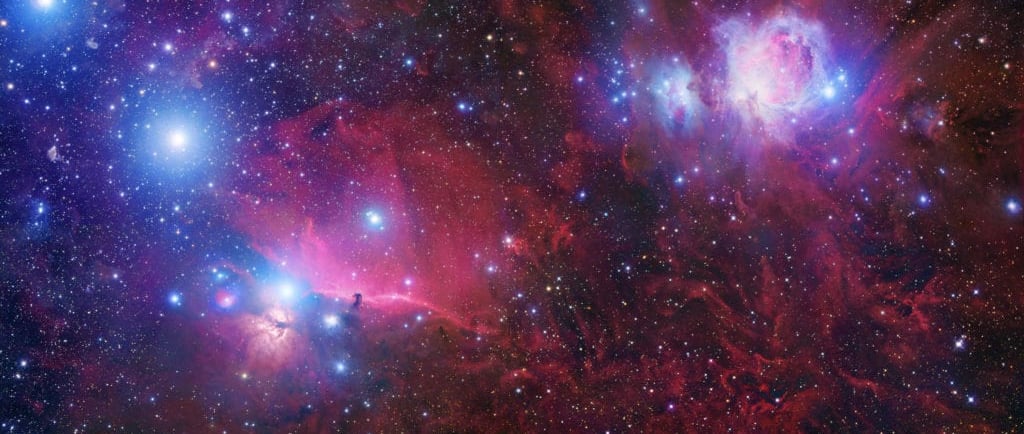The Orion Molecular Cloud Complex


Introduction to the Orion Molecular Cloud Complex
The Orion Molecular Cloud Complex, located approximately 1,600 light years from Earth, represents one of the most fascinating regions in our galaxy. Spanning several hundred light years in extent, this stellar nursery is a hub of ongoing star formation, providing astronomers and astrophysics enthusiasts alike with a rich area for study and exploration. The constant activity within this region not only offers insights into the processes of star formation but also expands our understanding of the universe.
The Dynamics of Star Formation
Within the Orion Molecular Cloud Complex, some of the hottest and brightest stars coalesce from dense regions of gas and dust. The immense gravitational forces present here initiate a fascinating sequence of events that lead to the birth of new stars. As these stars ignite, they emit powerful bursts of radiation, influencing their surrounding environment and triggering further star formation in nearby areas. This fascinating interplay between stellar birth and environmental factors makes the Orion Molecular Cloud Complex a vital area for ongoing research.
Importance of the Orion Molecular Cloud Complex
The significance of the Orion Molecular Cloud Complex extends beyond mere star formation; it serves as a natural laboratory for understanding the lifecycle of stars, their effect on galactic evolution, and the chemical processes that occur within molecular clouds. By studying this region, scientists can glean information on how stars interact with their environments, thus enriching our knowledge of stellar processes. Moreover, observing the age and evolutionary stages of these stars enhances our comprehension of planetary systems, including the conditions that might lead to the formation of planets similar to Earth.
In summary, the Orion Molecular Cloud Complex is not only a breathtaking feature of our night sky but also a critical component within the cosmic landscape. As we continue to develop and refine our observational technologies, the insights gleaned from this dynamic region promise to deepen our understanding of astrophysics and the origins of stars—ultimately leading us to better comprehend our place within the universe.
